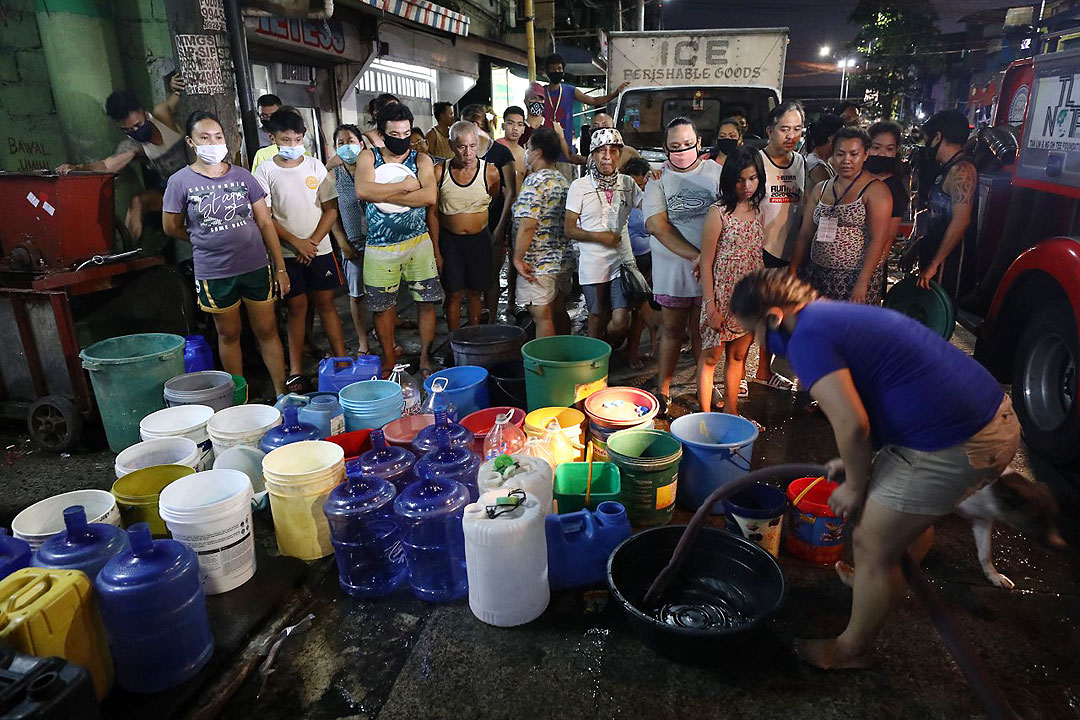PHL access to drinking water improves; 54% source from commercial refilling stations

MOST Philippine households had better access to drinking water last year with more than 50% sourcing their supply from commercial refilling stations, according to the Philippine Statistics Authority’s (PSA) latest Annual Poverty Indicators Survey (APIS).
The 2022 APIS showed that 97.6% or 26.942 million families had an improved source of drinking water, up by 4.2% from the 97.5% or 25.848 million recorded in 2020.
Around 54.3% of families use bottled water from refilling stations while 17.2% use household taps.
The country’s overall access to water, sanitation, and hygiene (WASH) facilities improved last year, according to the survey.
PSA said the survey related to WASH was primarily undertaken to monitor compliance to the Sustainable Development Goals (SDGs), particularly SDG No. 6, which aims to “ensure availability and sustainable management of water and sanitation for all.”
The number of families with access to basic drinking water service in urban areas increased to 98.4% at 13.987 million, higher compared to the 13.332 million in 2020.
Of the 17 regions, the National Capital Region and Central Luzon showed the highest percentage of families with access to basic service of drinking water with 99.3% each. This was followed by Cagayan Valley and Ilocos at 99.1%.
The Bangsamoro Autonomous Region in Muslim Mindanao, Bicol, and Zamboanga Peninsula showed the least access to basic drinking water service at 87.8% (from 73.3%), 90.1% (from 89.1%), and 90.2% (from 86%), respectively.
About 70.4% of families nationwide had a handwashing facility in 2022, mostly fixed sinks or taps in the dwelling unit. This is up from 66.7% in 2020.
Facilities with mobile objects such as buckets accounted for 10.6% from 12.6%, while those with fixed facilities in yards and plots stood at 11.2% from 11.3%.
In urban areas, 94.6% of families had access to basic handwashing facilities compared to 91.8% in rural areas.
Households in Calabarzon and Western Visayas recorded the highest share of families with handwashing facilities with basic service in 2022 at 97.7% each, up from 93% and 92.8%, respectively, in 2020.
For sanitation, 84% of families had improved facilities that are not shared with another household. This was higher than 80.3% in 2020.
Those who had an unimproved service was at 2.7% (from 3.1%) while those who had no access to sanitation facilities accounted for 2.6% (from 3.3%).
Across regions, Central Luzon had the highest share of households with access to basic service sanitation with 92.5%, up from 87.2% in 2020. This was followed by Calabarzon (90.4% from 87.4%) and Cagayan Valley (89.8% from 87.5%). — Mariedel Irish U. Catilogo



